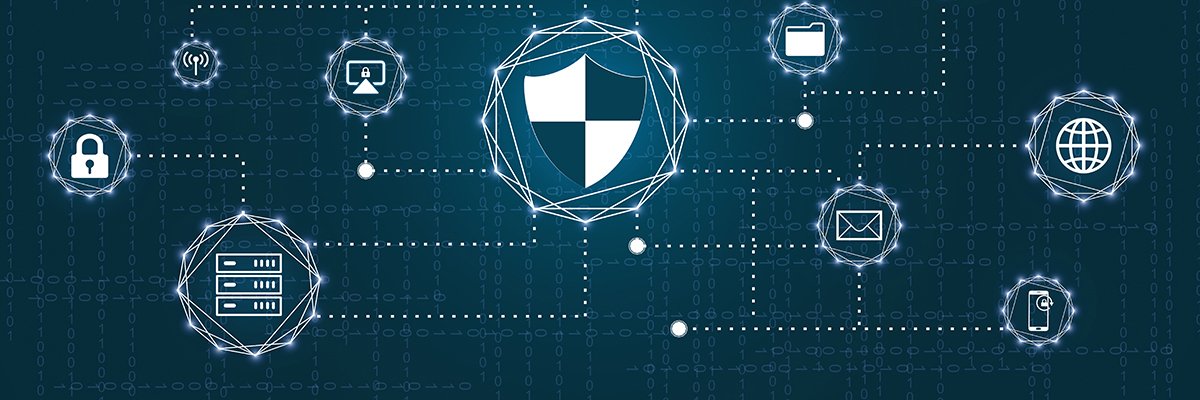Sponsored Sites
-
Autonomous Coding
Solventum

-
Financial Responsibility
CareCredit

We do something very simple at CareCredit: We help people get the care they want for themselves and their families.
-
Healthcare
Huron

Change is constant in healthcare, and its speed is accelerating. Huron works with healthcare organizations every day to strengthen and innovate their businesses and build more resilient operations to thrive now and in the future.
Healthcare Strategies: A Podcast
-
A podcast for healthcare professionals seeking solutions to today's and tomorrow's top challenges. Hosted by the editors of Xtelligent Healthcare Media, this podcast series focuses on real-world use cases that are leading to tangible improvements in care quality, outcomes, and cost.
Guests from leading provider, payer, government, and other organizations share their approaches to transforming healthcare in a meaningful and lasting way.
View All Episodes
Latest News
-
Athenahealth unveils new 'AI-native' EHR capabilities
The company's AI-native clinical encounter aims to reduce clinician burden by automating documentation tasks and providing clinical decision support at the point of care.
-
New model defines capabilities of Health Data Utility orgs
The model aims to help stakeholders determine the value of Health Data Utility organizations that support and enhance state health data exchange across sectors.
-
Ambient AI scribes reduce clinician burnout, boost well-being
New research underscores ambient AI scribe technology's positive impact on clinician well-being, with data showing significant declines in burnout linked to the technology's use.
-
Athenahealth announces new AI features for EHR platform
The new features for the athenaOne platform include AI-enhanced document processing, clinical summaries and interoperability tools for ambulatory practices.
-
Oracle Health releases AI-powered ambulatory EHR
Oracle Health debuted a new AI-driven EHR just days before its rival, Epic, is set to host its annual user group meeting.
-
KLAS: Training and governance needed to address EHR burnout
Providers report documentation, messaging and interoperability hurdles when using EHRs, but they see ambient AI as a solution, KLAS revealed.
Features
-
Why HIEs will be essential to CMS' Health Tech Ecosystem
CMS' latest initiative will require participating tech companies and providers to collaborate closely with regional HIEs to achieve its goal of boosting interoperability.
-
New York’s SHIN-NY pilots statewide alerts to advance interoperability
The encounter notifications are the first in series of planned initiatives toward creating a cohesive data-sharing network.
-
2026's top healthcare and pharma conferences
From revenue cycle management strategies to digital transformation, healthcare and pharma leaders can learn from some of the industry's biggest events.
-
Mobile documentation challenges persist in home health
Lack of mobile tools, rural connectivity and fragmented workflows continue to hinder accurate point-of-care documentation for home health agencies.










